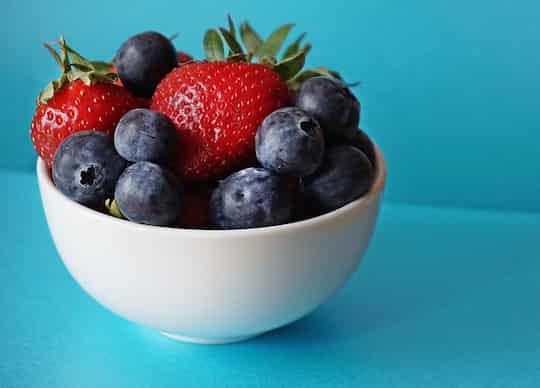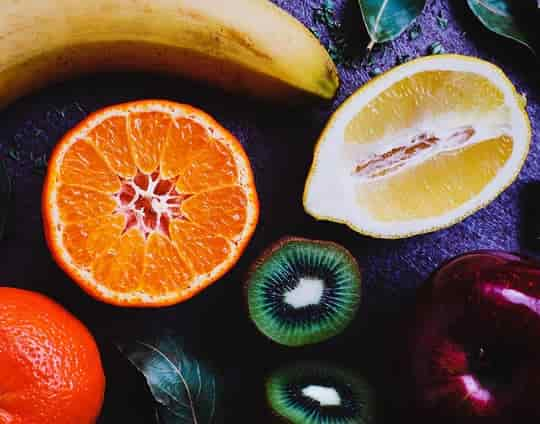This is the most effective pill to lower blood pressure, cholesterol and cut the risk of heart disease.
The ‘polypill’ is a new hope to cut heart attacks and strokes by a third, research finds.
The polypill is a once-daily pill with a combination of four different drugs at a low dosage.
Several studies have focused on the effect of the polypill and all suggest that the tablet can substantially reduce high blood pressure and cholesterol levels.
The polypill tablet contains two blood pressure lowering drugs, a blood-thinning drug and a cholesterol-lowering statin.
Currently, prescriptions for each individual drug are much higher than the polypills at a fixed dosage.
For example, cardiovascular-related drugs such as lisinopril is 10 mg, aspirin is 75 mg, atenolol is 50 mg, and simvastatin is 40 mg.
However, a daily polypill contains a lower dose of four medications used in preventing heart attack and stroke.
One study treated their patients with polypill made of three blood pressure lowering medications: 25 mg losartan, 12.5 mg hydrochlorothiazide, 2.5 mg amlodipine, and one cholesterol lowering drug: 10 mg atorvastatin.
Patients who were on the polypill saw a reduction of 9 mm Hg in their systolic blood pressure, whereas the usual care group patients only had a 2 mm Hg reduction in one year.
Also, low-density lipoproteins (LDL), known as “bad” cholesterol, in the polypill group dropped by 15 mg/dL compared to those in the usual care group who only had a reduction of 4 mg/dL.
The researchers points out that patients are naturally more likely to stick with a one-a-day pill rather than following procedures and routines for taking several medications at different times of day.
On top of that, it is more cost effective and it can be made available universally, making it cheaper for those with low socioeconomic status and in poorer countries.
Dr Munoz, the study’s first author, said:
“Patients face a variety of barriers to getting the care they need.
Those barriers can include cost and complexity of medication regimens, so innovative strategies are needed to improve the delivery of preventive care, especially when it comes to socio-economically vulnerable individuals.
When it comes to preventing cardiovascular disease, simple strategies like the polypill may offer key advantages for patients who face barriers to accessing medical care.
Simplicity is a big advantage of the polypill.
It’s once daily; easy to understand; and doesn’t require adjustment.
Patients are more likely to take their medications as prescribed, which is good for them and their frontline providers.”
The study was published in The New England Journal of Medicine (Munoz et al., 2019).









